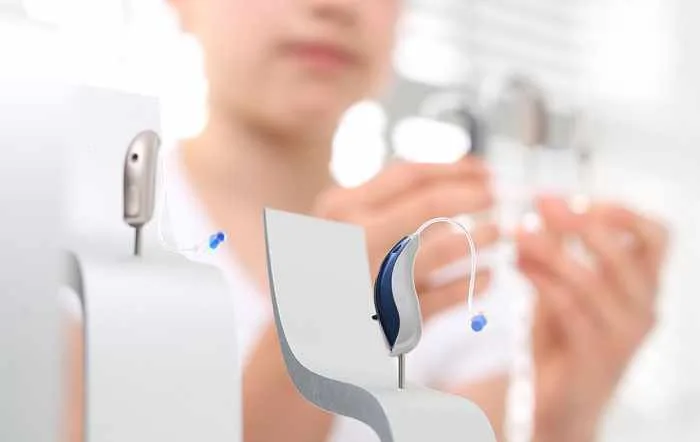The occurrence of hearing loss across the Australian population is related to aging and genetics. Acquired hearing loss is a resultant event that arises from otherwise preventable causes of hearing loss. It is estimated that one in six Australians are suffering from hearing loss. Identified reasons are either due to degenerative conditions from aging or exposure to dangerously excessive loud noise.
To address the growing number of individuals with hearing loss, the Australian government has created the NDIS. The National Disability Insurance Scheme (NDIS) provides services that cater to intellectual, sensory, physical, psychosocial, and cognitive disabilities. It is not meant to act as a social welfare system support but rather assist persons in getting the necessary help for their specific needs.
Technological advancements targeting hearing loss issues among Australians have resulted in numerous hearing assistive devices. This is further categorized as assistive listening devices (ALDs), augmentative and alternative communication (AAC) devices, and alerting devices.
Assistive listening devices (ALDs)
Assistive learning devices (ADLs) work by amplifying the desired sound in situations with a lot of background noise. When used with cochlear implants or hearing aids, it allows the user to discern sound at a much clearer rate. It significantly improves sound transmission for the hearing impaired.
Hearing Loop Systems
A hearing loop system utilizes electromagnetic energy during sound transmission. The sound created is amplified through a continuous loop while at the same time creating an electromagnetic field. A hearing loop receiver/telecoil then picks up the sound to be received to generate clearer sounds. However, the listener needs to be constantly connected with the receiver or near the loop.
FM Systems
The FM system utilizes radio signals during the transmission of amplified sounds. A microphone connected to a transmitter emits specific frequencies or channels received by telecoils. Most hearing aids and cochlear implants nowadays have distinct telecoils acting as tiny wireless receivers. An attachment such as a neck loop and a silhouette inductor may work with the hearing aid and cochlear implant. It then converts signals received to magnetic prompts readily picked up by telecoils. The FM system’s signal transmission ranges up to 300 feet and can be used in many public environments.
Infrared Systems
Similar to FM systems, infrared systems function with telecoils that convert infrared light into magnetic signals. Telecoils then receive the converted infrared light signals to produce better sound quality. However, the limitation to infrared systems is that infrared light cannot pass through walls and confined spaces, thus making signal reception troublesome.
Personal Amplifiers
Personal amplifiers are similar to cellular phone in size. It works by increasing sound levels while at the same time reducing background noise. A designated receiver is needed to be worn by the listener at all times. Receivers can either be in the form of earbuds or a traditional headset.
Augmentative and Alternative Communication Devices
Augmentative and alternative communication (AAC) devices use special touch screens and picture boards to illustrate items, symbols, and activities necessary in everyday life. This may include simple things such as a pen or gestures such as asking for a drink.
Alerting Devices
Alerting devices use a combination of sound, vibrations, and sound to inform the user of a particular event. A simple example is via a clock and wake-up alarm systems. The user receives a signal through flashing lights, sounds, and gentle shaking of the device.
Key Takeaway
Hearing impairments greatly affect the person’s ability to carry out activities of daily living. However, modern advances in hearing aid technologies have created devices that produce clear sound reception for the hearing impaired. It simply depends on individual user preference to which hearing aid modalities to be used. The NDIS plan in Australia ensures that the individual specific needs are addressed and funded accordingly. However, certain eligibility requirements and appropriateness of intended assistive devices to be used are carefully assessed and reviewed.







